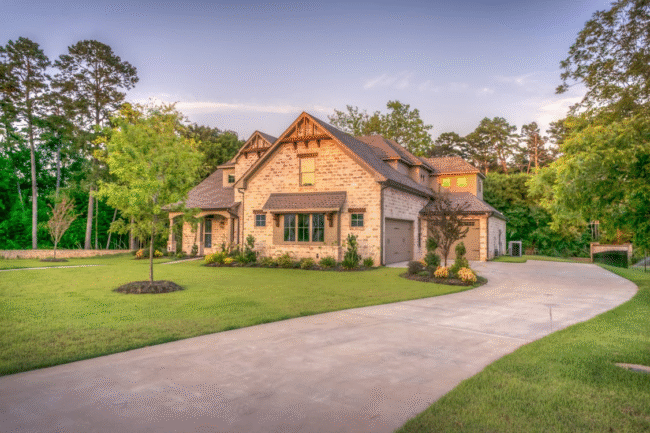
Hardscape failures rarely come from the paver or the block. They come from the layers you cannot see. Base thickness, bedding consistency, and water management decide whether a patio lasts or sinks. Landscaping crews often move fast and then spend the spring fixing callbacks. This guide shows the most common misses you can prevent with tighter specifications and simple field checks.
- Base depth that matches soils, not guesses
Stop using the same base for every yard. Be sure to start with a soil check. Clay holds water and needs more excavation than sand. On driveways, step up to a thicker base and a stronger gradation. Densify each thin lift with a plate that actually meets the manufacturer’s centrifugal force. Be sure to document each lift with a quick photo and a moisture check. For local product lists and takeoff tips, see this landscaping guide for contractors.
- Gradation and compaction that lock together
Mixed or rounded stone shifts. Use an angular, well-graded base that interlocks under vibration, and keep fines limited so water can move. Moisture is a compaction tool, and you should aim for damp, not wet.
Two to three passes rarely do it. Run a consistent pattern and overlap by one-third. Drop a small geotextile square, set the plate on it, and compact. If the fabric skates, the density is low. When available, verify with a hand penetrometer, a proof roll, or a lightweight deflectometer.
- Bedding that is flat, uniform, and held in place
Keep the bedding layer even and within specification. Do not bury lippage under thick sand. Screed to grade, then pull the rails and fill the voids before laying. On porcelain or large-format units, use a thinner approved bedding system. Seat units once, avoid re-screeding under traffic.
In addition, install an edge restraint pinned to the compacted base, not to the bedding. Close edge gaps to prevent water from washing material out. Make sure to also check the plane with a string line and a rigid straightedge every 10 feet.
- Drainage that has a path, a slope, and a destination
Water must leave the system. Give it a path under the surface and across the surface. Maintain slope from the highest hardscape point to a safe outlet. Be sure to keep downspouts off the patio, and tie them to drains or a dry well.
Use an open graded base where soils allow, paired with a separation fabric. On tight clay, include underdrains and daylight them. Verify slope visually, then confirm with a level. Keep perimeter grading positive away from structures.
- Small details that protect the build
Strong layers still fail if details are weak. Match the geotextile to the soil and stone, and use high-flow fabric under an open-graded base. Use a separator over cohesive subgrades. Additionally, pick an edge restraint that fits the paver height and expected loads.
You should also make clean cuts, keep tiny pieces to a minimum, and close joints neatly. Remember, sealers are not a fix for movement. They help with color and stains only when the structure below is sound.
Endnote
Specifications are only useful when the site team can follow them. Write rules in plain language and back them with quick checks that any lead can run. Photograph each step, label moisture targets, and save plate model numbers. Small changes in base, bedding, and drainage prevent the big failures clients notice. Build the layers right, and the surface sells itself for years.
